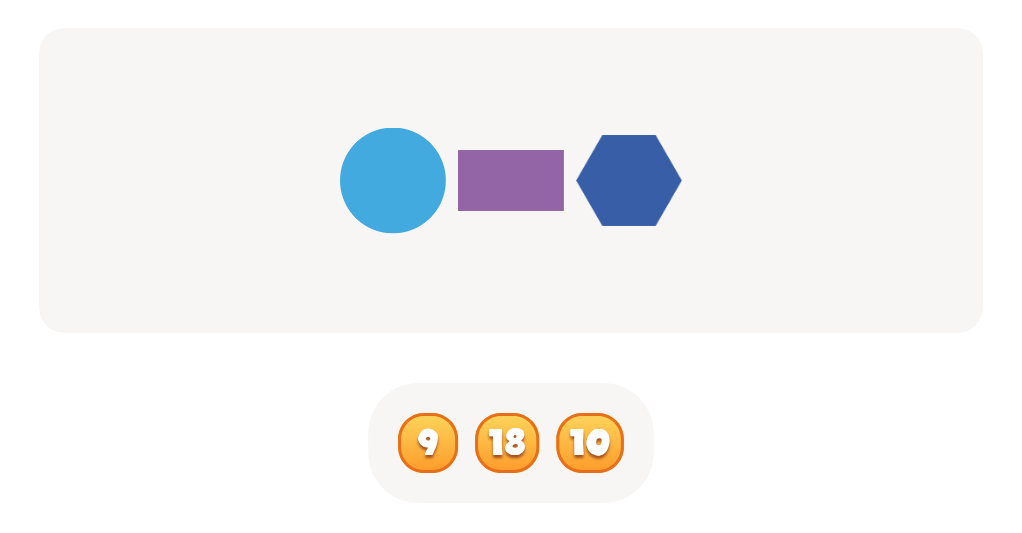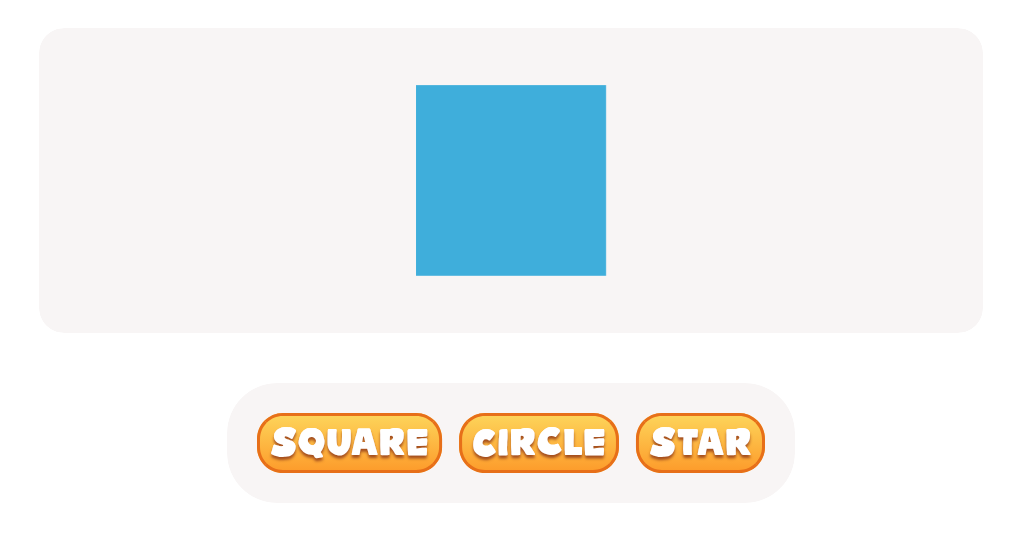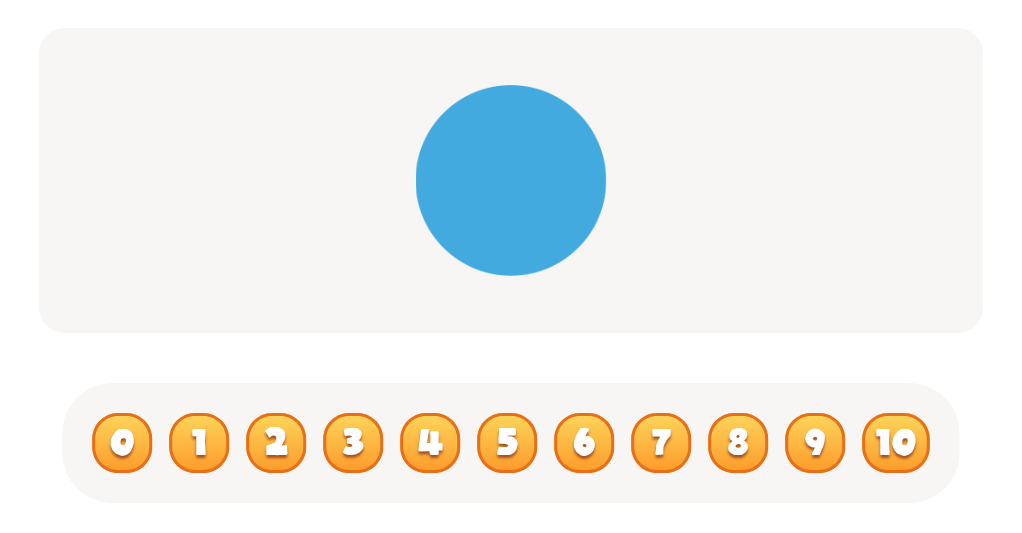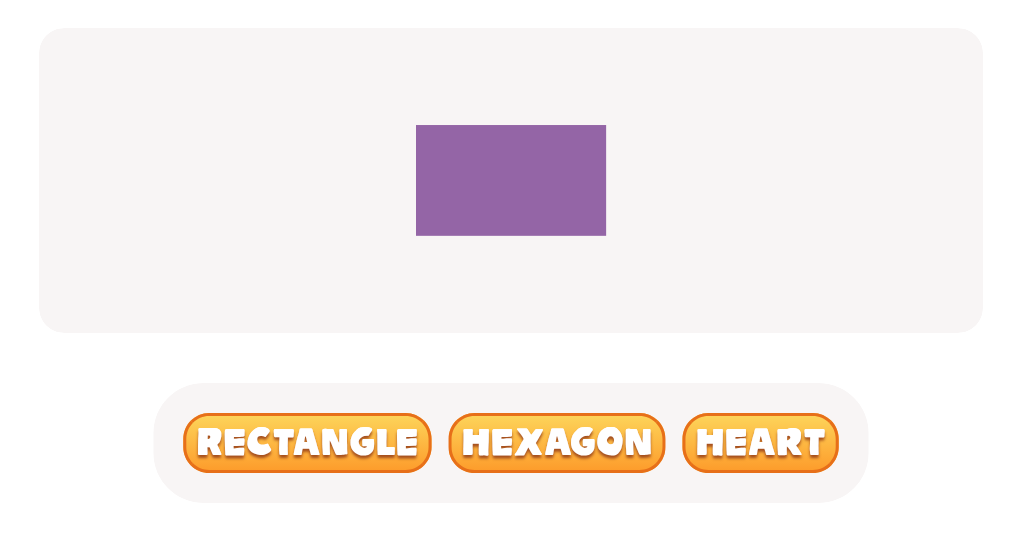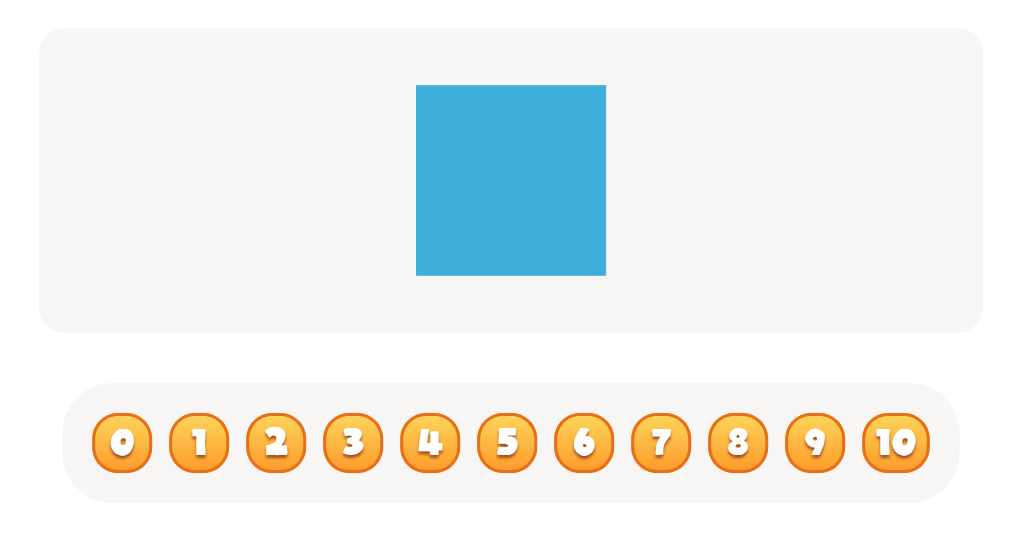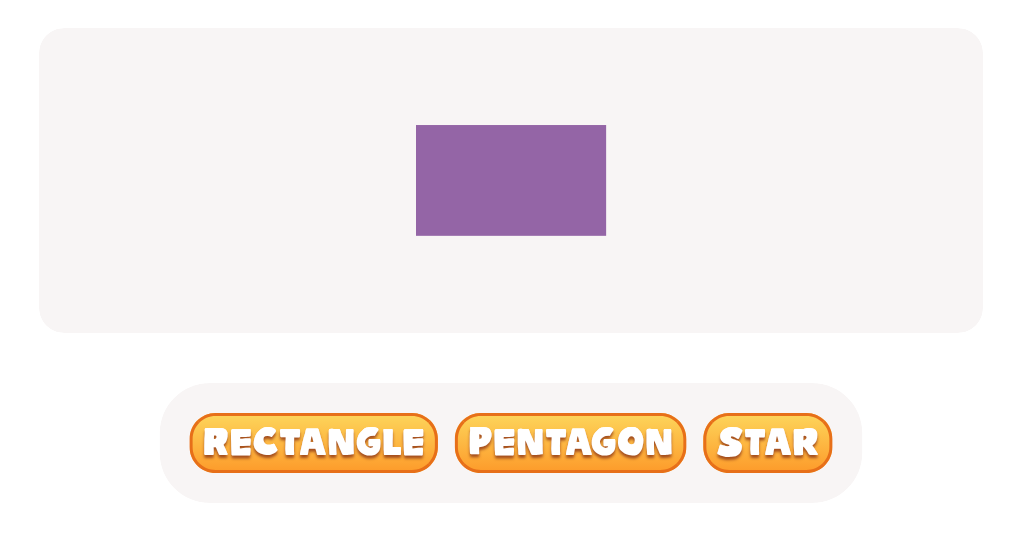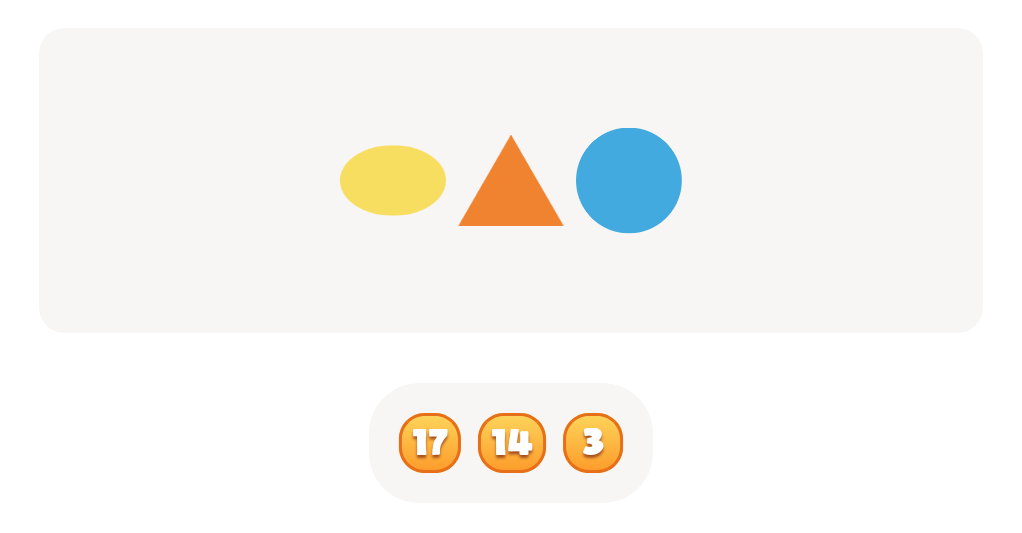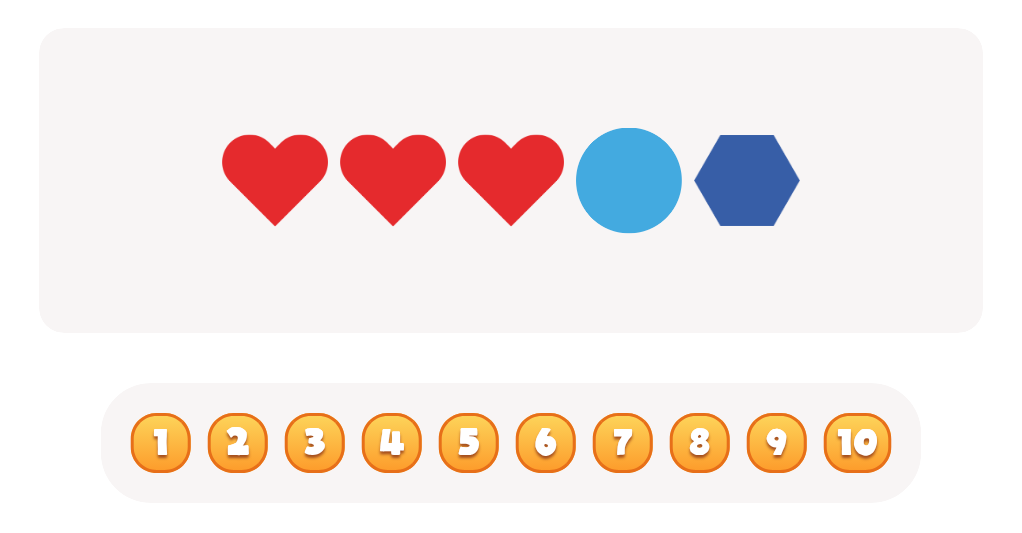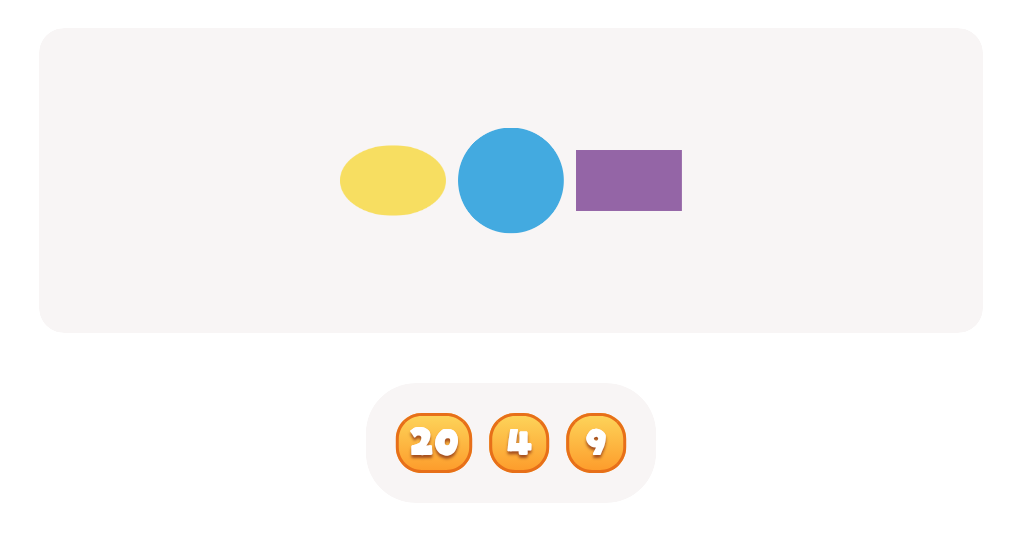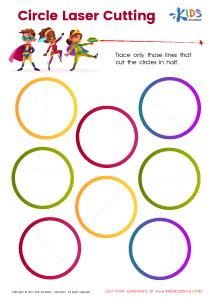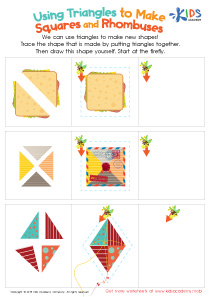Counting skills Normal 2D Shapes Worksheets for 5-Year-Olds
4 filtered results
-
From - To
Boost your child's math skills with our "Counting Skills Normal 2D Shapes Worksheets" designed for 5-year-olds! Our engaging worksheets will help your little one learn to recognize, count, and differentiate between various 2D shapes. Each fun and interactive activity encourages critical thinking and enhances early math skills, setting a strong foundation for future learning. The colorful designs and kid-friendly exercises make learning enjoyable and effective. Perfect for at-home practice or supplementary classroom activities, these worksheets are tailored to support your child’s educational journey in a playful, confidence-boosting way!
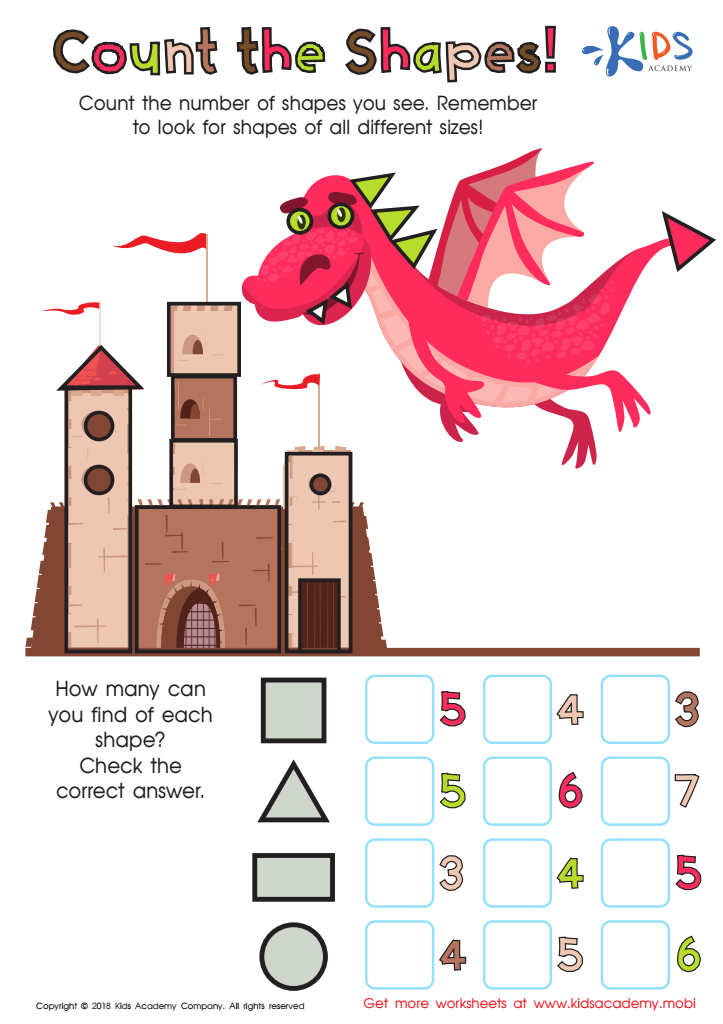

Count the Shapes Worksheet


Using Squares to Make Rectangles Worksheet
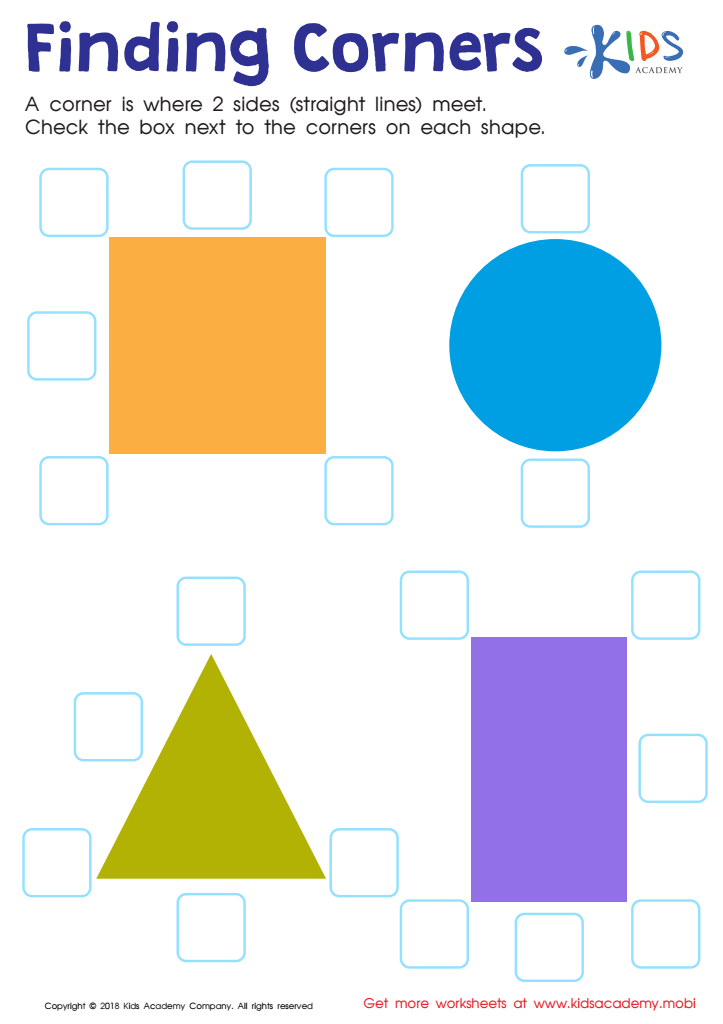

Finding Corners Worksheet


Gingerbread Man Geometry Maze Worksheet
Counting skills and an understanding of basic 2D shapes are foundational to a child's early mathematical development, which is critical for their overall intellectual growth. At the age of 5, children are naturally curious and rapidly developing cognitive skills, so introducing these concepts early can significantly influence their abilities in logical reasoning, problem-solving, and analytical thinking.
Counting skills are essential as they form the basis of arithmetic. Young children begin by learning to recognize numbers, understand the concept of quantity, and develop the ability to perform basic addition and subtraction. These skills are not just tied to math; they enhance a child’s ability to follow sequential steps in learning, a trait that transfers into reading, science, and everyday decision-making.
Understanding 2D shapes, such as squares, triangles, and circles, is equally important. Recognizing and naming these shapes helps children develop spatial awareness and geometric skills, which play a crucial role in areas such as reading (recognizing letter shapes) and writing (manipulating a pencil to form letters). Additionally, discussing 2D shapes fosters descriptive language and categorization skills.
When teachers and parents prioritize these early math skills, they lay a strong foundation for the child's future learning. Engaging young minds in playful, interactive ways with counting and shapes ensures they view learning as an enjoyable and rewarding activity.
 Assign to My Students
Assign to My Students
